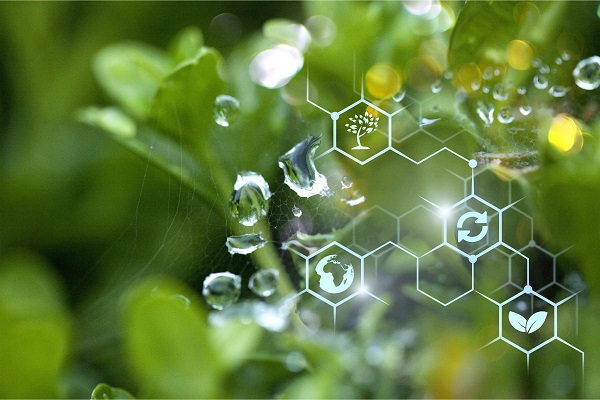
New York Proposes Mandatory Greenhouse Gas Reporting Rule

Last month, the New York State Department of Environmental Conservation (DEC) announced that it is considering a rule that would subject certain greenhouse gas (GHG) emissions sources to a mandatory reporting rule. This proposed rule aims to collect comprehensive emissions data from large GHG emitters across the state. Although the rule only proposes to impose reporting requirements, DEC has announced plans to use the information obtained to develop further strategies to reduce GHG emissions and direct investments to renewable energy alternatives.
Which Facilities Must Report?
The rule targets a wide range of entities that generate GHG emissions, including:
- Owners and operators of facilities in New York that emit 10,000 or more metric tons (MT) of carbon dioxide equivalent (CO2e) per year;
- Fuel suppliers that deliver to end users in New York that generate any amount of GHG emissions. This includes suppliers of natural gas, liquid fuels, petroleum products, and coal;
- Waste haulers and transporters of solid waste that emit over 10,000 MT of CO2e per year;
- Electric power entities that emit any GHG emissions;
- Suppliers of agricultural lime and fertilizer that supply a quantity of these products large enough to generate any amount of GHG emissions per year; and
- Facilities that store liquid waste or rely on anaerobic digestion (e.g., wastewater treatment facilities and concentrated animal feeding operations), where wastes imported to or generated at the facility [accumulate] in an amount that would generate 10,000 or more MT of CO2e per year.
What Information Must These Facilities Report?
The proposed GHG reporting rule would require covered emitters to report their emissions annually, starting with data from 2026, to be submitted in 2027. The specific data that must be reported varies by the type of entity but generally includes total GHG emissions, the amount of fuel delivered into the state, and the amount of upstream, out-of-state emissions from fossil fuel use (i.e., GHGs produced outside of New York that are associated with the generation of electricity and fuel imported into the state).
How Do Facilities Report?
DEC is developing an online platform, the New York State Greenhouse Gas Reporting Tool (NYS e-GGRT), in order to provide a streamlined reporting process. DEC is also creating a GHG estimator tool to help entities determine whether they need to report and how to do so accurately.
Conclusion
New York’s proposed GHG reporting rule aims to gather emissions data, which DEC may use to inform future policies and investments. As the U.S. Environmental Protection Agency rethinks its GHG emissions reporting requirements, New York’s initiative underscores that individual states may choose to step in and propose measures that expand reporting of GHG emissions.
DEC is accepting public comment on the proposed rule through July 1, 2025 and will also hold public hearings on its proposal. Stakeholders potentially impacted by the proposal should consider participating in this public process.
This post is as of the posting date stated above. Sidley Austin LLP assumes no duty to update this post or post about any subsequent developments having a bearing on this post.

